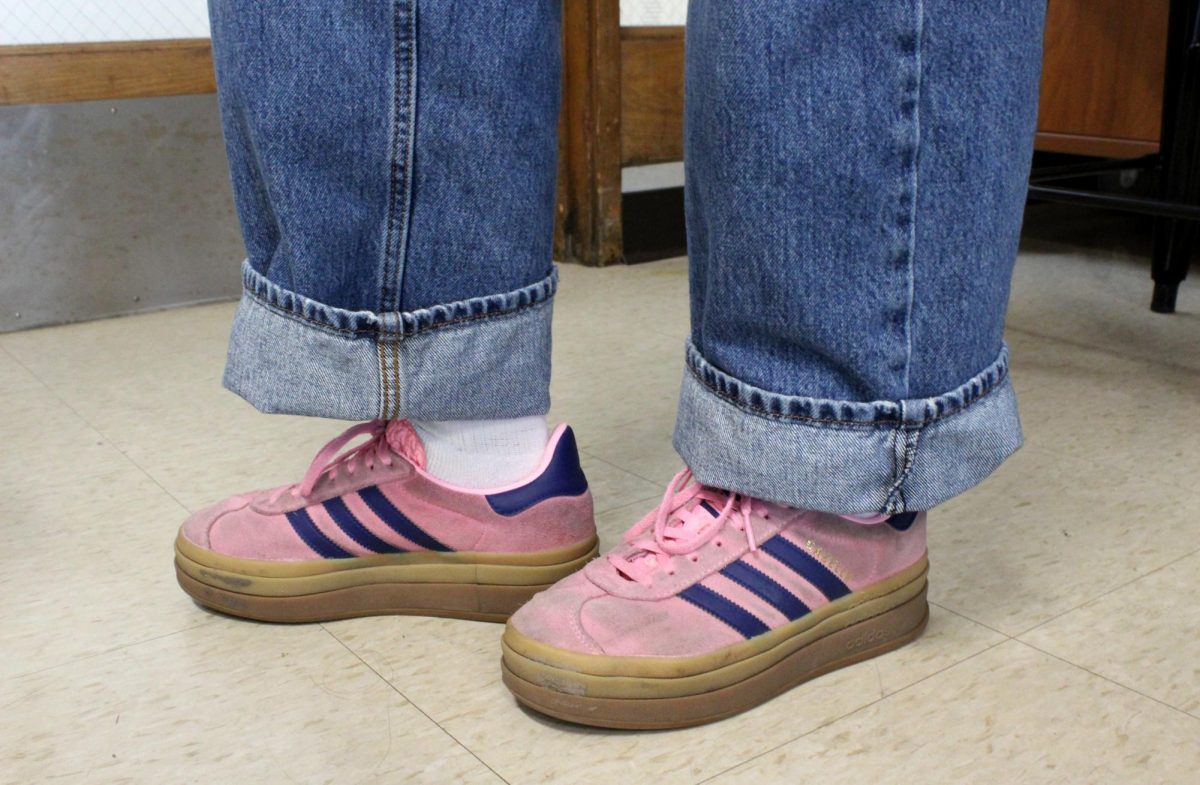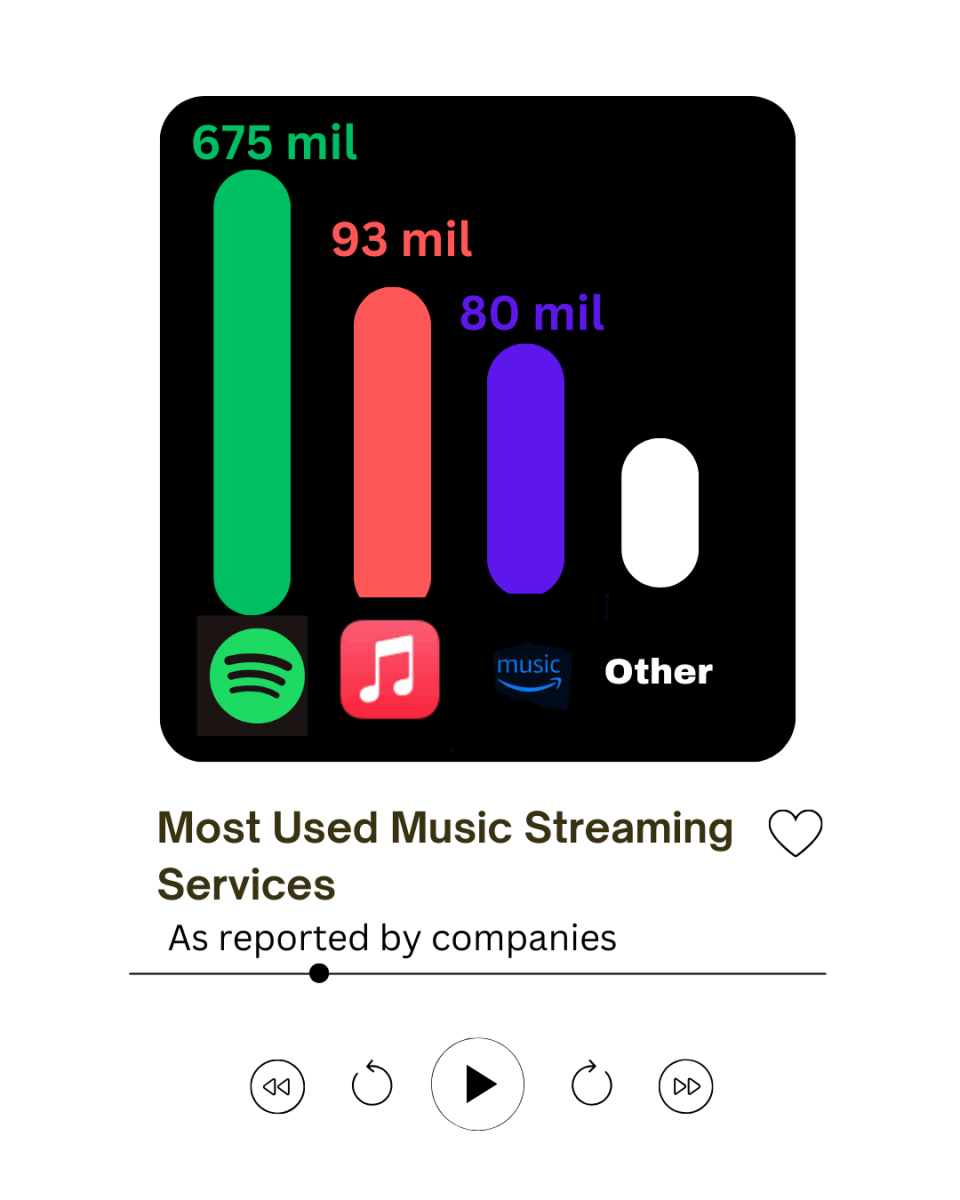Quentin Tarantino’s newest film, “The Hateful Eight,” is not for the faint of heart. For those who are unaware of who Mr. Tarantino is, he is an absolute artist in the realm of filmmaking. Movies, for Tarantino, are experiences, not spectacles that are watched and soon forgotten. And let me tell you, I will not be forgetting “The Hateful Eight” anytime soon.
“The Hateful Eight” is not your average movie. Shot in Ultra Panavision 70, the screen ratio is an astounding 2.76:1. Most movies are shot in 1.89:1 or 2.39:1 ratios. For a limited time, devout Tarantino fans and cinema geeks alike can see the movie in its rightful form of 70mm film at a select 98 theaters, with 5 of those in the Chicagoland area. These select theaters will show it in an exclusive roadshow style.
“What is a roadshow?”, you may ask. A roadshow is a movie experience, presenting a longer version of the film, a musical overture, and an intermission, complete with a colorful program. The result? Nothing short of awesome. Roadshows were common in the ‘50s and ‘60s, bringing people to theaters to experience a special movie event. No large roadshows have been presented in over 50 years, making Tarantino’s eighth installment to his works progressively special to any other newly released movies.
The film centers around the story of John “The Hangman” Ruth (played by Kurt Russell) as he is escorting his quite-expensive prisoner to Red Rock when he comes across two men trying to hitch a ride and escape the severe blizzard. Their stories become intertwined as the blizzard quickly catches up with the coach and the four travelers are forced to pause their journey at a stagecoach stop nestled within the mountains. Already harboring four other guests, the stop becomes inhabited by eight – and they’re despicably hateful.
If you’ve seen a Tarantino film before, you would know his movies are often painfully gory. I believe he doesn’t include gore just to make your stomach turn, though, he does it to soften our stomachs once again to violence. We’ve built up a tolerance as a society to view gore and violence, so much so that it has little effect on us anymore. In an interview with the Orlando Sentinel in 1994 he stated his views that still stand today, ”I have no problem with screen violence at all,” he said, ”but I have a big problem with real-life violence.”
The film, different from his other works like “Inglourious Basterds,” waits to dispense violence until the last 45 minutes of the 3 hour and 7 minute movie. And boy, does he pack it into this wintery, post-Civil War setting. Cooped up in the stagecoach stop, there’s a fatal shooting of the genitals of Major Marquis Warren (Samuel L. Jackson) and an unnamed character (protected for those who have yet to see the film) is shown as his head explodes. Chunks fly into the hair of the murderous Daisy Domergue (Jennifer Jason Leigh). In fact, nearly all of the other 7 characters’ blood somehow ends up on Domergue.
Interestingly, critics are calling Tarantino a “misogynist” in light of the brutality in which Domergue is treated. They are so terribly at fault , though, as Tarantino is far from their accusations. He so thoroughly believes in gender equality that he refuses to treat the sole female character of the movie any differently than the males. She’s tough as nails, sometimes even tougher than the other male characters in the movie.
Taking into consideration all the gore and slanderous n-words, Tarantino’s “The Hateful Eight” is not a film I watched and forgot. For anyone who’s seen the film, let’s just say I’m not eating hot dogs for awhile. For those who haven’t — you wouldn’t want to know why. I think that’s the point of his work, to leave a lasting impression, to revolutionize the way we look at not just movies, but the world.
So I say go drive 25 miles to see “The Hateful Eight” in 70mm film: do something different, think something different; somewhere in the snowy mountains of Wyoming, Quentin Tarantino applauds you.









